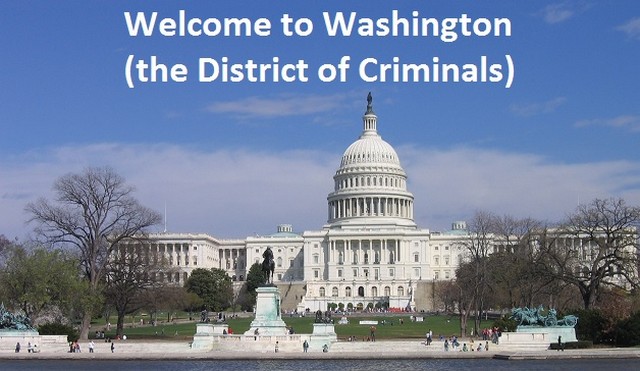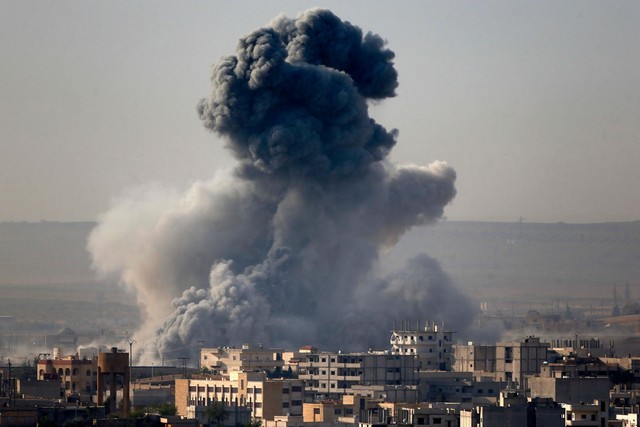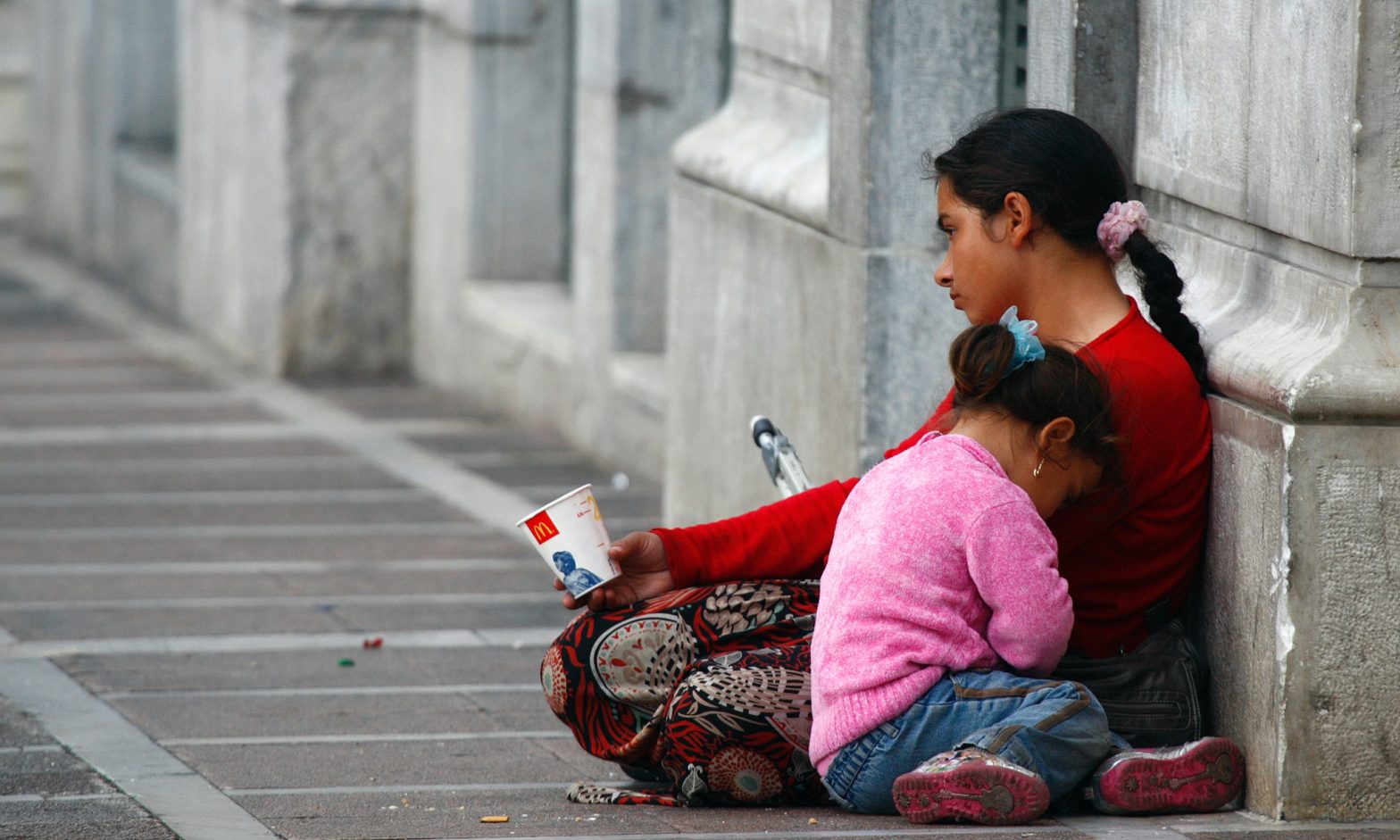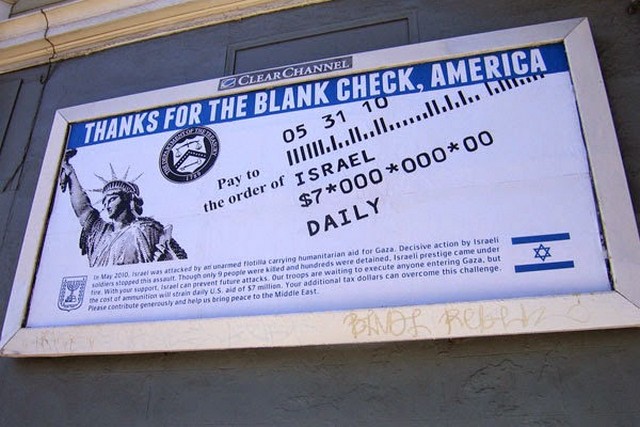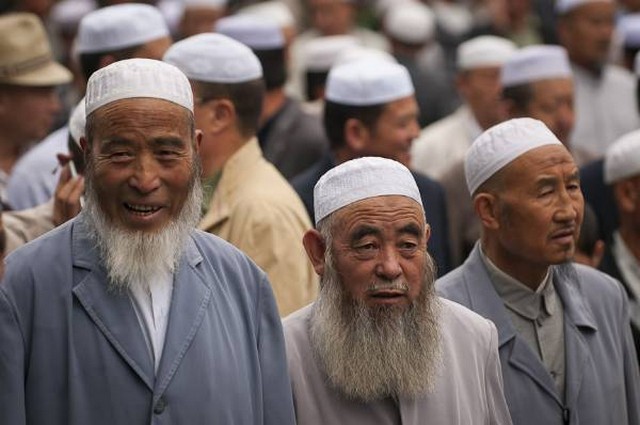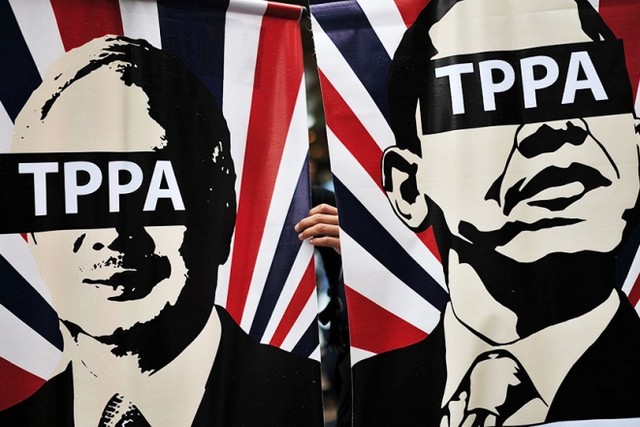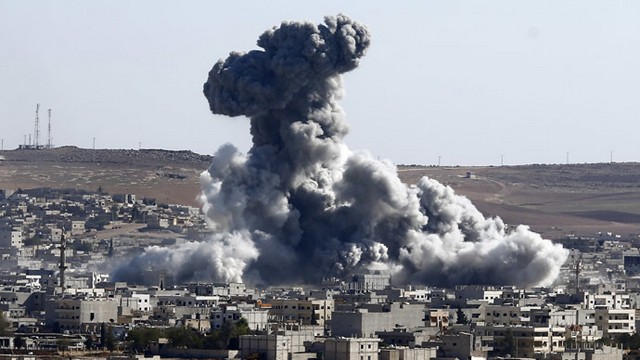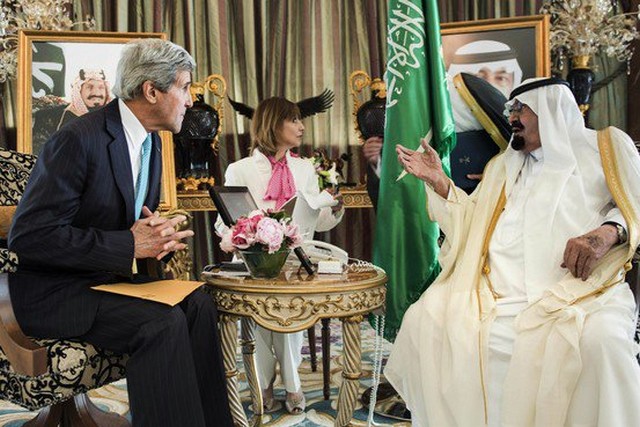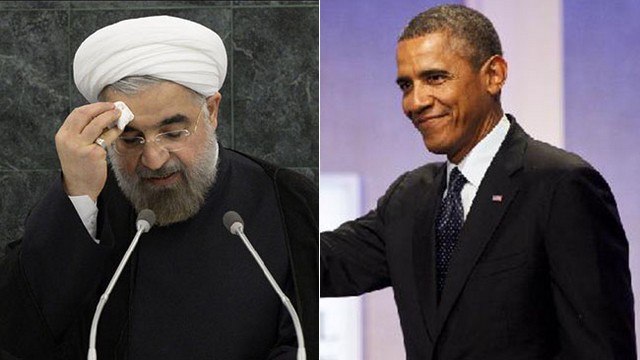By Mohammed Al-Sudairi
In China, the Hui Salafi sect, and its links with Saudi Arabia, have a long and complex history.
Salafism, or Salafiyya, is a doctrinal-intellectual current within Islam that espouses a return to the ways of the Salaf As-Salih (the Pious Ancestors), the first three generations of Muslims who lived during and after the death of the Prophet Mohammed. Often described as being rooted in the works of the medieval scholars Ibn Hanbal and Ibn Taymiyyah, Salafism seeks to establish a more “authentic” religious experience predicated on a presumably correct reading of the Quran and the sunnah (the sayings and practices of the Prophet) and away from the supposed bid’ah (innovations) and heretical practices that have “polluted” it.
This current moreover embraces to a certain extent a rejection of the madhhab (legal school) Sunni traditions that had emerged in Islam’s early centuries. As a relatively modern phenomenon building on the Sunni orthodox revivals of the 18th century, the failures of traditional Muslim authorities to contend with mounting internal and external challenges, as well as the spread of new modernistic discourses, Salafism found a popular following across many Muslim societies in the late 19th and early 20th centuries. Its growth was facilitated by Saudi Arabia – which embraced its own idiosyncratic brand of Salafism rooted in the mid-18th century religious revivalism that swept central Arabia (usually denoted by its detractors as Wahhabism after its “founder” Mohammed bin Abdul Wahhab) – especially after its annexation of Mecca and Medina in 1924-25, and the subsequent influx of oil wealth, which endowed the country with the religious authority and means (universities, charities, organizations, preachers, and communicative mediums) to promote this current globally.
Among China’s Hui ethnic group, Saudi-influenced Salafism has been present for nearly a century. Aside from the intellectual residue influencing other sects and currents, its most obvious manifestation is to be found in the Salafi sect, which constitutes a small minority within the community of the faithful in China. Concentrated in small clusters across the Northwest and Yunnan, and identified by their “Saudi” clothes, Salafis have elicited fear and opposition from their ideological opponents within the wider Chinese Muslim community, leading at times to outright sectarian conflict.
Since the 1990s, and particularly following 9/11, the Chinese state has placed the Salafi community under close surveillance, fearing that its close connections with Saudi Arabia as well as presumed Uighur Salafi networks, not to mention the sect’s considerable growth over the past few years (attracting not only other Hui, but increasingly Han as well), might herald political and religious violence in the future. These security concerns have only abounded with the rising specter of the Islamic State and the appearance of a few Chinese fighters in the ranks of the contending Islamist groups in Syria and Iraq.
Historical Roots of Chinese Salafism
Although relatively isolated since the 14th century with the disintegration of the Yuan dynasty, the Hui Muslim communities, and especially those in the Northwest of China, remained open to the religious and intellectual influences emanating from other parts of the Muslim world. The spread of the various Sufi tariqas (orders), such as the Naqshibandis, Kubrawis, and Qadiris, during the late Ming and early Qing in China in the 17th century, as well as the consolidation of Sufi tariqas with their own distinct lineages, tombs and practices (such as the Khuffiyya and Jahriyya), is indicative of this permeability, which endured primarily through the Hajj and overland trade networks via Central Asia and Yunnan. Unsurprisingly, the transmission of Salafism – or initially Wahhabi ideas – amongst the Hui follows this template in the late 19th and early 20th centuries.
Wahhabism gained converts in China throughout the Republican era, primarily as a byproduct of the growing traffic of Muslim pilgrims going to the Hejaz, facilitated by the proliferation of new means of transportation such as the steamship. Between 1923 and 1934, hundreds of Hui Muslims made the Hajj. In 1937 – prior to the full-fledged Japanese invasion of the country – well over 170 Hui reportedly boarded a steamer in Shanghai bound for Mecca. The effects of this were palpable, ranging from a noticeable increase in the availability of Wahhabi literature across China in the 1930s, as observed by the scholar Ma Tong, to high-profile conversions of detractors of the movement, including Sufi Sheiks.
It is from within this context that the first pronounced Salafiyya sect emerged within China and mostly, interestingly enough, in reaction to the perceived “departure” of the Yihewani movement from its puritan and proto-Wahhabi ethos. The founding propagator of an explicit Salafism is usually identified as Ma Debao (1867-1977), originally a Yihewani adherent who officiated in various mosques across the Northwest. His earliest encounters with Salafism came through a visiting – presumably Arab – scholar who settled in Xining, Qinghai in 1934 to teach the Wahhabi doctrine. This exposure led him to reassess some of his views, although his major intellectual transformation would only come when he departed for the Hajj in 1936, a period during which he spent considerable time at the Salafi Dar Al-Hadith school.
On returning to China in 1937, Ma Debao became an enthusiastic promoter of the teachings, quickly gathering a following of his own centered in the Xinwang mosque in Linxia, Gansu and breaking away in turn from the Yihewani movement, whom he perceived to have compromised their beliefs. His Salafi group encountered strong opposition from the established Yihewani clergy and their warlord backers, forcing the movement to assume a more cautious and quietest attitude towards politics for the sake of its survival.
After the founding of the People’s Republic in 1949, the Salafis – now unfettered by the Muslim warlords – experienced a brief period of religious growth, with its leadership actively participating in a number of state organs as well as the newly created Islamic Association of China (IAC). This soon came to an end as the 1958 “Religious Reform Campaign,” followed by the Great Leap Forward (1958-1961) and the Cultural Revolution (1966-1976), forced the movement underground as many of its leaders and adherents were killed off or sent to concentration camps. It survived as remnants from the leadership settled in Xinjiang and Tibet during these difficult years.
Channels of Saudi Influence
The start of the “Reform and Opening Up” in 1978 signaled the end of a dark period of sustained persecution against China’s Muslim communities, including the Salafis. The dismantlement of restrictions on religious worship, the restoration of mosques, and the reformation of the IAC served to reconsolidate state control over these communities but more significantly, served to showcase (in a resurrection of Chinese foreign policy patterns in the 1950s) Beijing’s tolerance of Islam, a policy principally aimed at courting the support of various Muslim states. The direct outcome of this new “opening” allowed the re-introduction, and even amplification of, Saudi Salafi influences across the country, with implications for both the Salafi and wider Muslim community as a whole. This occurred through various channels, the most important of which was the restoration of the Hajj missions in 1979 (after nearly a decade-long suspension dating from 1964) followed by new regulations allowing private individuals to make the pilgrimage in 1984, that allowed considerable numbers of Hui Muslims – jumping from nearly 2000 in 1985 to nearly 10,000 annually in 1990 – to travel to the Kingdom. There, some of these pilgrims opted to stay for further study or came in touch with relatives from the well-established Chinese Saudi diaspora (which had settled in the Hedjaz following the end of the Chinese civil war and received citizenship there). These interactions exposed Chinese Muslims to new discourses and religious experiences that challenged their own traditional understandings of Islam. They returned to China carrying Wahhabi books, leaflets, fatwas (religious rulings), and sermon tapes that broadly disseminated Salafi ideas.
Other significant channels included the arrival of Saudi organizations and preachers in China during the 1980s. Initially, religious activities were limited to influential groups like the Organization for Islamic Cooperation, the Muslim World League, and the Islamic Development Bank, which operated under the auspices of the IAC and in turn re-directed their efforts in a non-sectarian fashion. Their activities, beyond providing alternative channels of communication between Saudi and Chinese officials, encompassed the construction of various Islamic Institutes, the renovation of major mosques, the initiation of a Quranic printing and distribution project (in 1987, more than a million copies were disbursed across China as a “royal gift” from the Saudi King), and the provision of training workshops for clerics and scholarships for students (initially in China and Pakistan,) amongst others. By the mid-1980s, religious policies were relaxed considerably, allowing for a growing number of Saudi private organizations and individuals (mainly preachers and missionaries bringing in religious literature) to increasingly work outside established IAC channels. In this new environment, these entities began to selectively target their funding towards specific groups – particularly those visibly identified as Salafi in places like Gansu, Qinhai, Ningxia, Shanxi, and Yunnan – and popularize certain discourses that might have been rejected by the IAC for fear of inviting state reprimand.
The activities of these groups were greatly facilitated by a network of Chinese Salafi activists who had graduated from Saudi or Saudi-affiliated institutions like Imam Saudi University, Umm Al-Qura, and Medina University. While numbers are hard to come by, one study from Medina University shows that between 1961 and 2000/2001, over 652 scholarships were granted to mainland Chinese. Nearly 76 percent of these were offered in the 1980s and 90s alone. While significant numbers of the graduates (who ofter never actually completed their studies) gravitated towards middlemen jobs in Guangzhou or Yiwu where they could utilize their Arabic proficiency, a few joined privately run religious academies in Yunnan or Gansu, and some began officiating in mosques after the longstanding official barriers on the hiring of foreign-trained Imams eased in the 2000s. A smaller but far more influential group fostered close ties with Saudi organizations and preachers – a relationship that was beneficial to both sides.
The Al-Haramain Islamic Foundation, which came under a U.S.-backed UN ban in 2004 due to its presumed affiliations with Al-Qaeda, is illustrative. Throughout the 1990s, the organization expended considerable funds on the construction of Salafi mosques across China, the maintenance of Salafi-aligned schools (typically “Arabic language” schools that double as Islamic institutions), and the provision of scholarships for interested students – an array of activities that were largely overseen by various (at times competing) circles of Medina University graduates who leveraged their influence within the wider community.
In conjunction with these developments, Beijing had assumed a more cautious attitude by the 1990s, typified by the barring of entry of suspected preachers, continued refusal to offer scholarships for students heading to Saudi Arabia, and the introduction of new laws that restricted foreign religious activities, including one in 1994 that banned donations made outside the auspices of the IAC. Unsurprisingly, these restrictions have grown more stringent over the last decade, but they have not severed the Saudi ties altogether.
The Saudi Impact
Saudi influences have had a somewhat contradictory impact on Hui Salafis and the wider Muslim community in China. On one level, these influences have contributed – to a degree – to the salafisation (namely, a cultural and religious approximation of an “idealized” Saudi orthodoxy) of Hui Muslim society. This salafisation subsumes the adoption of presumably Salafi doctrines, prayers rituals, attitudes, and even culturally authentic attire (the Saudi headgear worn in a manner usually associated with the religiously conservative in the Kingdom) and mosque architecture under what can be described as an Arabization process, although the appearance of these trends is not always indicative of a Salafi influence. The salafisation of Hui Muslims has affected nearly all sects, albeit in different ways. Amongst Salafis, the re-introduction of orthodox sources after a significant period of isolation, and amplified now by globalizing forces, led to the breakdown of the old Salafi community as a new generation of Salafis (the early graduates and pilgrims) in the 1980s sought to “correct” the errors of their elders. This was reflected in the schism that emerged over the interpretation of certain Quranic verses, the appearance of a more activist opposition to Sufism leading to the demolishment of some Sufi tombs in the Northwest, and the enunciation of a takfeeri (excommunicatory) stance towards “deviant” Salafis and non-Salafi Muslims that led to bouts of sectarian infighting. Beyond the Salafis, salafisation is also observable amongst Yihewani and Gedimu (“old” traditional) Muslims who, in many cases, while not describing themselves necessarily as Salafis (due to fears of ostracization or out of a fidelity towards the Hanafi madhab), embraced aspects of this intellectual tradition. In the Yihewani case, it is marked by a revived interest in the Wahhabi origins of the movement.
On another level, Saudi influences have, counterintuitively, encouraged a fragmentation of the Salafi community within China. This has been driven of two factors: First, the introduction of new sources of funding and ideas brought by Saudi organizations, preachers, and affiliated graduates led to the proliferation of new “mosque communities” or jama’at amongst Salafis, a development that was principally shaped by the leadership struggles that assumed an intergenerational character. Second, Salafis – like other sects – were not exposed to homogenous discourses on Islam or Salafism, mainly because of existing cultural and linguistic barriers, and the multiplicity of doctrines and agendas pursued by various organizations and preachers, which have induced a splintering effect along doctrinal and ritualistic lines within the Salafi community, even if less pronounced than elsewhere in the Islamic World.
Indeed, the most significant outcome of these two simultaneous developments is that it has helped give way to the formation of what can be called a “Salafism with Chinese characteristics.” Its proponents – mainly from the 1990s generation, are charting new discourses about Salafism that deviate from that which exists in the Saudi mainstream. Most notably, there is a strong rejection of sectarianism (although there is a troubling growth in anti-Shia sentiment) and an emphasis on ecumenical approaches – a shift that stems principally from what many view as the takfeeri legacy of the 1980s that led to unnecessary confrontations with the wider Muslim community. Indeed, the Salafis today encounter severe challenges in proselytize and even practicing in places like Xining, Qinghai.
The post-90s generation is also far more internationalist and, to a large extent, far more cognizant of the realities facing Hui Muslims within the Chinese state (as a minority of a minority contending with the attention of the state security apparatus). While courting Saudi funding and literature, it is selective in what discourses it seeks to reproduce. This explains why some Saudi-oriented Salafis are increasingly discouraging visits by Saudi preachers, who are unable to appreciate the specificities of Chinese Islam there. More importantly, this new generation is more willing to cooperate with the authorities, and is displaying signs of seeking to participate more actively within the political channels that have been traditionally dominated by Sufi and Yihewani groups.
In all, the Hui Salafi scene and its connections to Saudi Arabia are complex. The community is fragmenting intellectually and generating new discourses that reflect the tensions that confront new religious authorities and groups seeking to navigate the difficult waters between perceived orthodoxy and the realities of their situation. Hui Salafis want to carve out a space of their own within China. Their concerns are not political per se: Across the spectrum, they appear to have embraced the apolitical quietism one expects to see within the Saudi clerical establishment. Even with regards to the Uighur Salafis – if we speak in terms of an Islamic political project – there is little evidence to suggest a burgeoning solidarity between the two groups. Historical hatreds notwithstanding, the evolution of Uighur Salafism has taken a completely different trajectory than that of the Hui and its political/religious dynamics are therefore different. Rather, for the majority of Hui Salafis, their concerns remain solely those of identity and religious legitimization.
Mohammed Al-Sudairi is a graduate of Georgetown University’s School of Foreign Service in Qatar (International Politics).
23 October 2014

